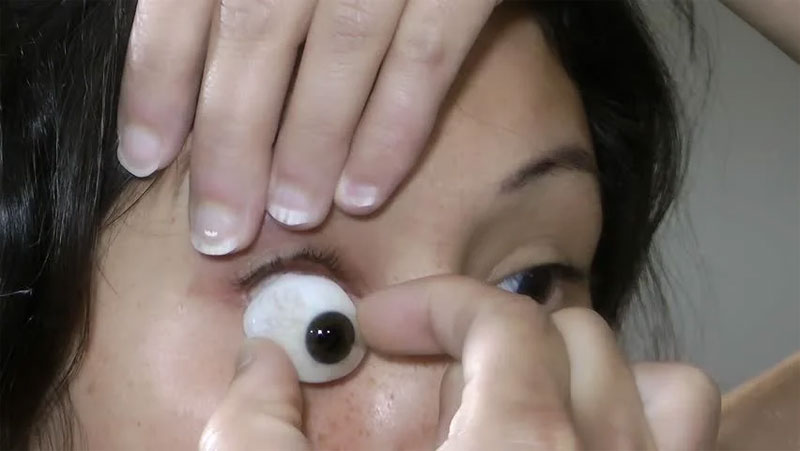Category: G
-
Gliomyoma
A tumour of both the nerve and muscle tissue.
-
Glioblastoma
A rapidly developing malignant tumour of the glial tissue in the brain or spinal cord. A glioblastoma is a malignant astrocytoma, or brain tumor. A brain tumor is defined as a new growth of tissue in which cells multiple uncontrollably. Like all brain tumors, glioblastomas have no physiological use and are independent of surrounding tissue.…
-
Gliclazide
An antibacterial drug used to treat Type II diabetes mellitus. This refers to an oral drug that lowers blood sugar levels, used in conjunction with dietary changes to treat type 2 diabetes mellitus. The medication stimulates the pancreas to enhance insulin secretion. The side effects are generally mild.
-
Glibenclamide
A sulphonylurea drug used to treat Type II diabetes mellitus. A sulfonylurea that serves as a hypoglycemic agent. A drug which stimulates the beta cells of the pancreas to liberate insulin, and is used to treat some patients with diabetes mellitus. This refers to an oral drug used to lower blood sugar levels, which is…
-
Glial cell
A cell in the glia.
-
Glia
Connective tissue of the central nervous system, surrounding cell bodies, axons and dendrites. The special connective tissue of the central nervous system, composed of different cells, including the oligodendrocytes, astrocytes, ependymal cells, and microglia, with various supportive and nutritive functions. Glial cells outnumber the neurons by between five and ten to one, and make up…
-
Glenoid cavity
A socket in the shoulder joint into which the head of the humetus fits. The depression in the scapula into which the head of the humerus fits. The socket of the shoulder joint: the pear-shaped cavity at the top of the scapula into which the head of the humerus fits. The cavity in the shoulder…
-
Glenohumeral
Referring to both the glenoid cavity and the humerus.
-

Glass eye
An artificial eye made of glass.
-
Glanders
A bacterial disease of horses, which can be caught by humans, with symptoms of high fever and inflammation of the lymph nodes. Bacterial (Pseudomonas mallei) infection, endemic in Africa, Asia, and South America, where it is transmitted to humans from infected horses and other domesticated animals. Symptoms include purulent (pus-filled) inflammation of the mucous membranes…